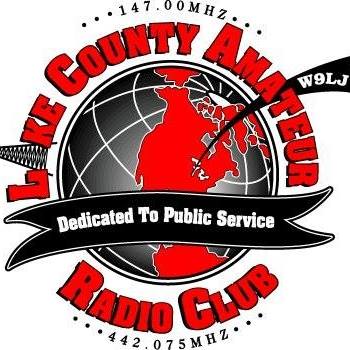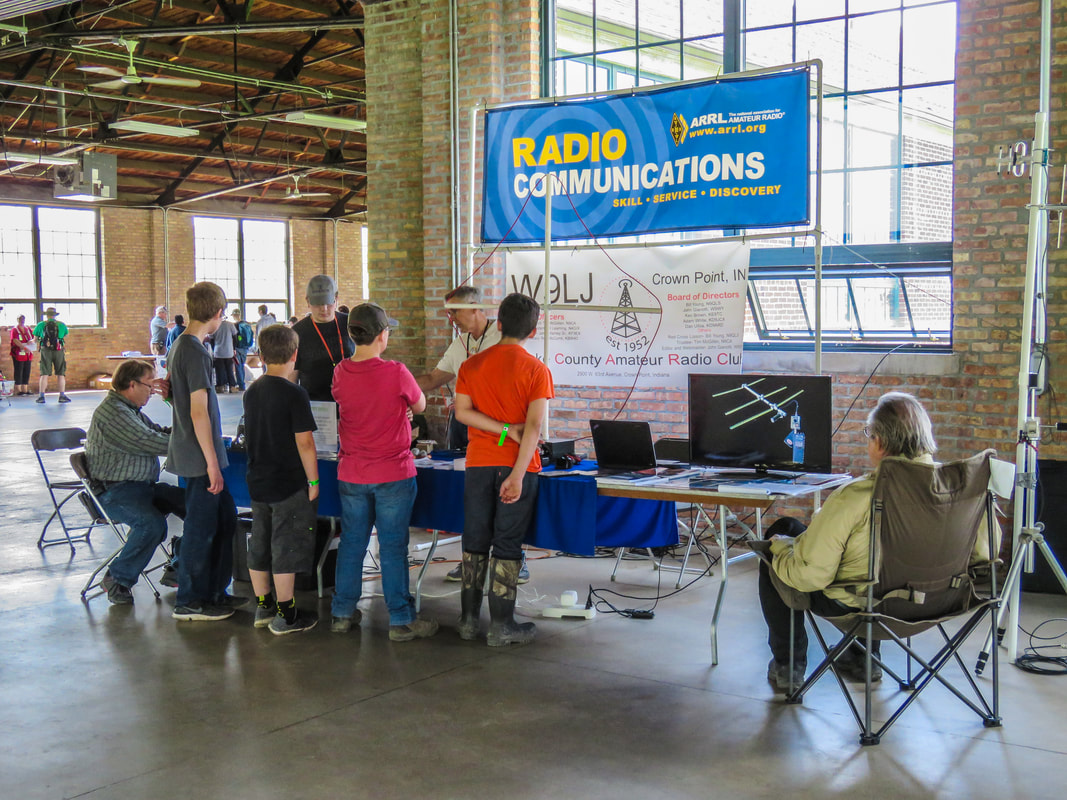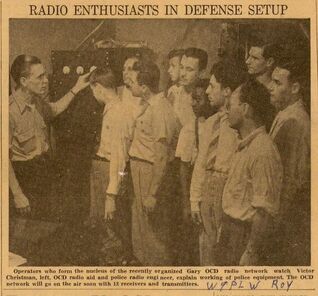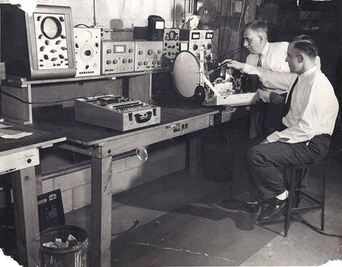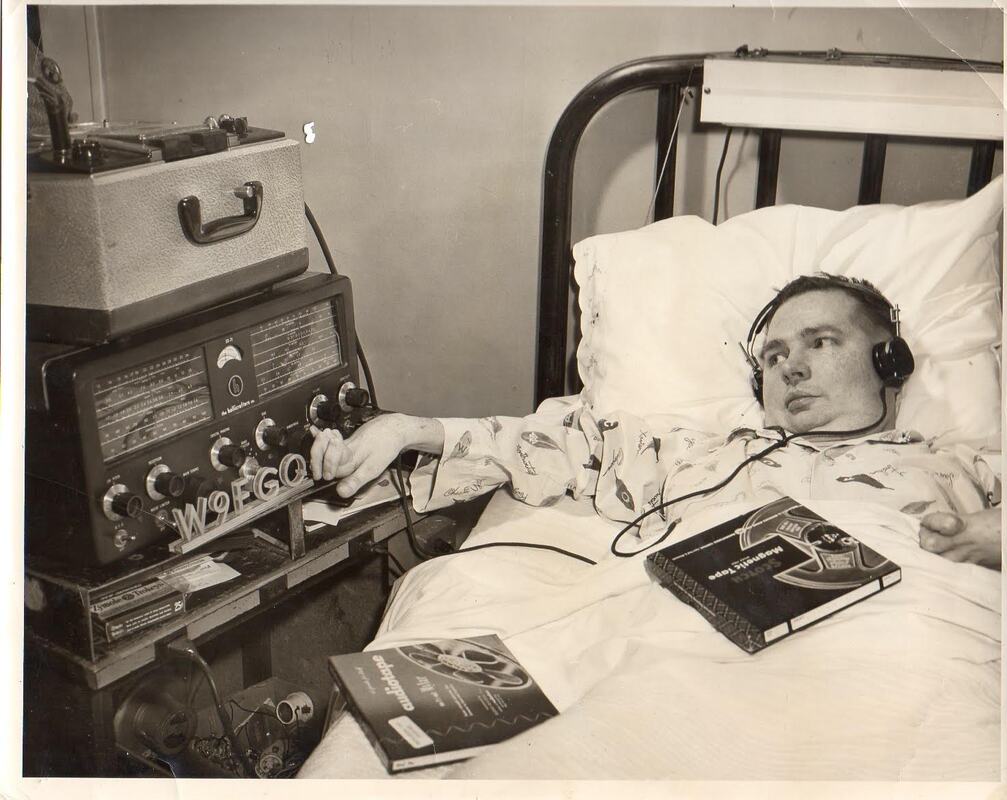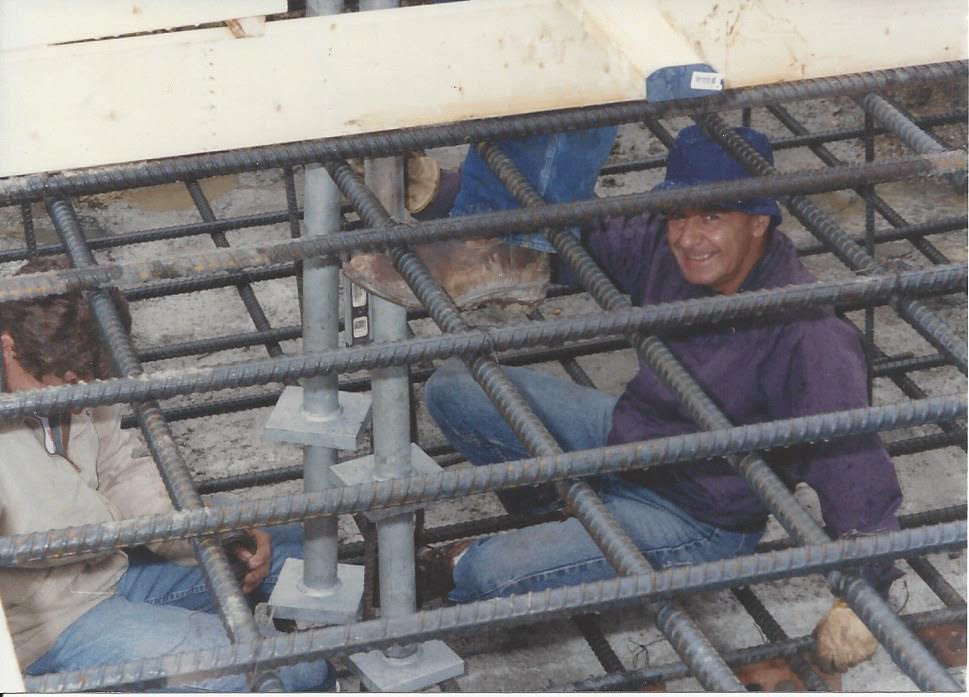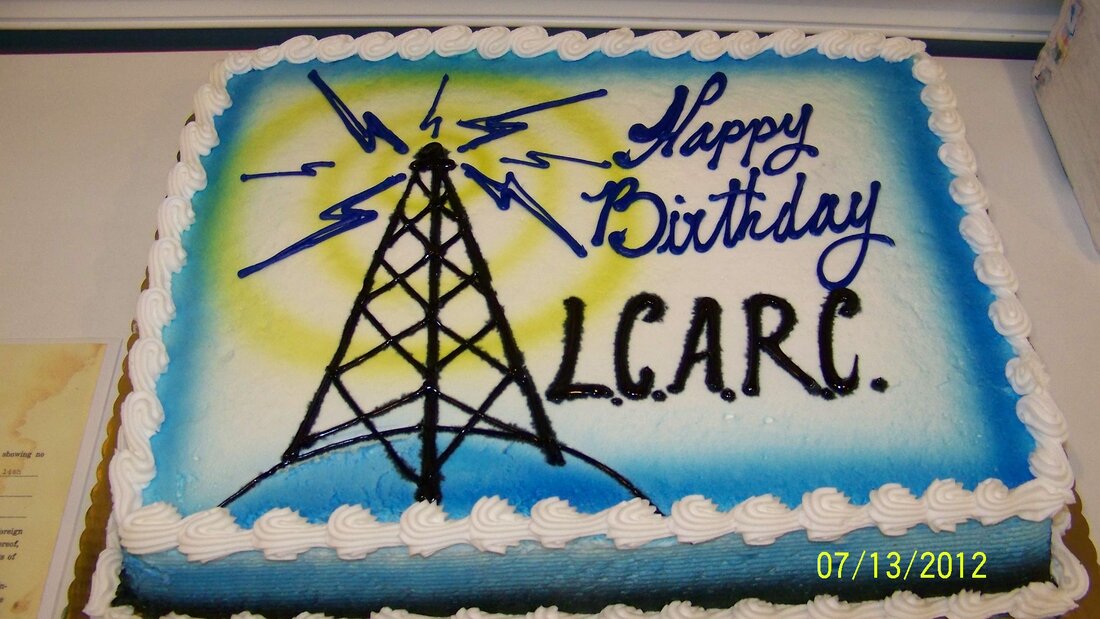The Beginnings of the LCARC
Club Callsign - W9LJ History
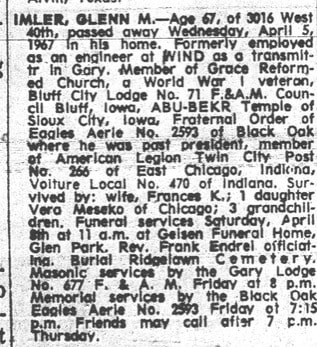
Thanks to Mark, K9MQ for doing some research regarding the club call W9LJ. Mark found:
9LJ was held by Edwin W. Gould of Norfolk, Nebraska (this was prior to the 0 call district) according to the 1920 callbook. At this time all amateur calls began with a number.
The next entry Mark found was for Glenn Imler of Gary, Indiana. Glenn held W9LJ up until April 5, 1967 when he became a silent key. Mark also found Glenn held W9LJ in the 1954 callbook, so he held the call prior to 1954, how long he could not determine.
Glenn was a transmitter engineer at WIND (see his obit on this page). Glenn was also a charter member of QCWA Chapter 36. It appears the club obtained the W9LJ call after Glenn became a Silent Key.
The first time W9LJ showed up as assigned to the LCARC was in the Summer 1968 issue of the Callbook.
The LCARC also held special repeater callsign WR9AMU when the FCC required special repeater callsigns Mark could not determine when the call was first obtained, but the club held the call until they stopped renewing them in 1983.
This information was obtained through callsign historian, W3HF, as well as, hamcall.net's historical callsign databases from 1921, 1954, 1960, 1969, 1983, and 1995 and from the 1920 Callbook on Google Books.
9LJ was held by Edwin W. Gould of Norfolk, Nebraska (this was prior to the 0 call district) according to the 1920 callbook. At this time all amateur calls began with a number.
The next entry Mark found was for Glenn Imler of Gary, Indiana. Glenn held W9LJ up until April 5, 1967 when he became a silent key. Mark also found Glenn held W9LJ in the 1954 callbook, so he held the call prior to 1954, how long he could not determine.
Glenn was a transmitter engineer at WIND (see his obit on this page). Glenn was also a charter member of QCWA Chapter 36. It appears the club obtained the W9LJ call after Glenn became a Silent Key.
The first time W9LJ showed up as assigned to the LCARC was in the Summer 1968 issue of the Callbook.
The LCARC also held special repeater callsign WR9AMU when the FCC required special repeater callsigns Mark could not determine when the call was first obtained, but the club held the call until they stopped renewing them in 1983.
This information was obtained through callsign historian, W3HF, as well as, hamcall.net's historical callsign databases from 1921, 1954, 1960, 1969, 1983, and 1995 and from the 1920 Callbook on Google Books.
